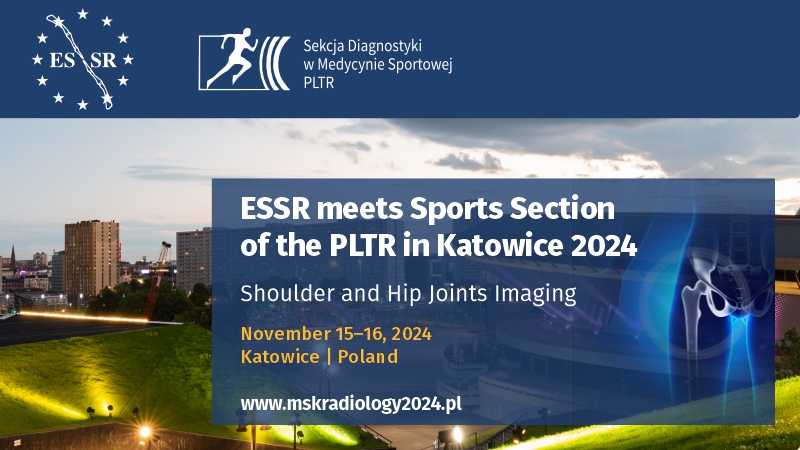Ultrasonography of peritoneal tuberculosis
Ababacar Mbengue, Abdou Rahmane Ndiaye, Ndeye Isseu Amar, Moustapha Diallo, Aminata Diack, Mame Diarra Ndao, Massamba Diop, Amath Fall, Cheikh Tidiane Diouf, Thierno Omar Soko, Ibrahima Cisse Diakhate
 Affiliation and address for correspondence
Affiliation and address for correspondencePurpose: The objective of this work was to describe different presentations of peritoneal tuberculosis on ultrasound. Materials and methods: This was a retrospective study conducted between 2008 and 2016 at the Main Hospital in Dakar, and including 38 cases of peritoneal tuberculosis. The tests were performed on Philips Envisor and Hitachi Preirus with 10 and 12 MHz linear transducers. The mean age was 26 years and the sex ratio was 0.8. The diagnosis of peritoneal tuberculosis was based on histological evidence (17 cases), isolation of BK from sputum (5 cases), positive adenosine deaminase in ascites fluid (4 cases) or a favorable clinical course after trial antituberculosis treatment (4 cases). The structures studied were the parietal peritoneum, the mesentery, the large omentum, as well as the characteristics of ascites, and extra-peritoneal lesions. Results: Parietal peritoneal involvement was found in 89.4% of patients, including regular diffuse hypoechoic thickening in 70.5% and nodular thickening in 11.7%. Ascites was present in 84.2% of patients. The great omentum showed anomalies in 73.6% of cases in relation to 3 aspects: trilamellar thickening made up of a thick, hyperechoic central layer surrounded by 2 thin peripheral hypoechoic layers in 46.4% of cases; a singlelayer hyperechoic thickening in 21.4% of cases; heterogeneous hyperechogenic thickening with hypoechoic nodules in 32.1% of cases. Mesentery abnormalities were noted in 63.1% of patients with hypoechoic thickening. Conclusion: Ultrasound with the advantage of safety and accessibility is a reliable technique for the diagnosis of peritoneal tuberculosis. In some cases, it allows for a guided percutaneous biopsy to avoid the use of laparoscopy.







